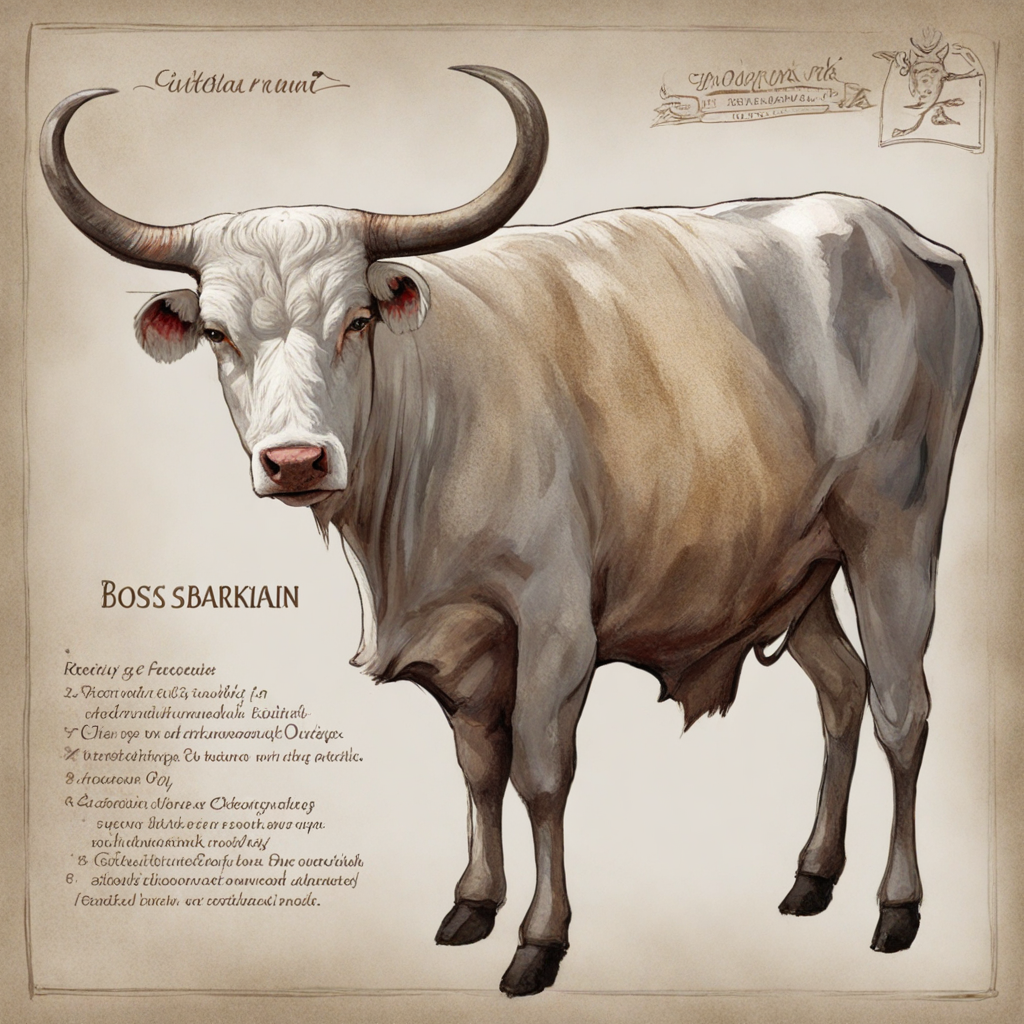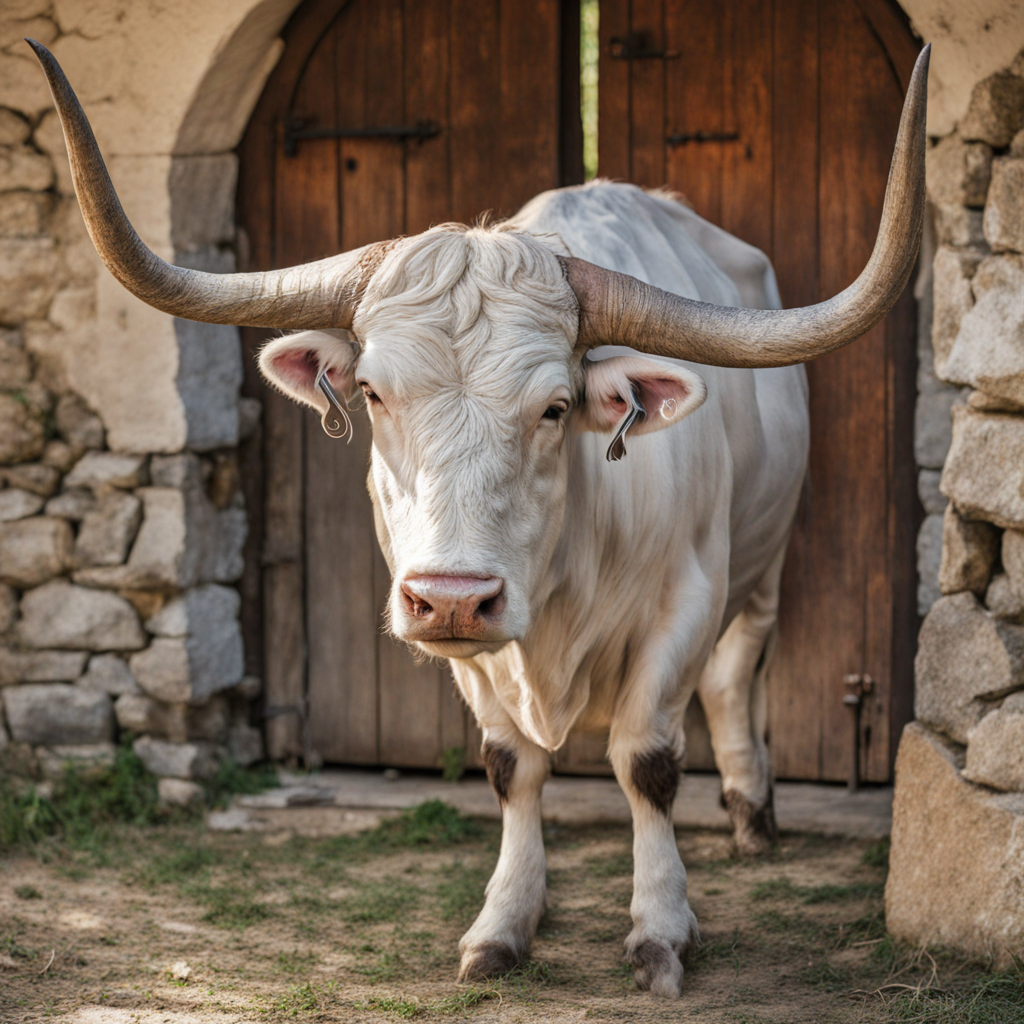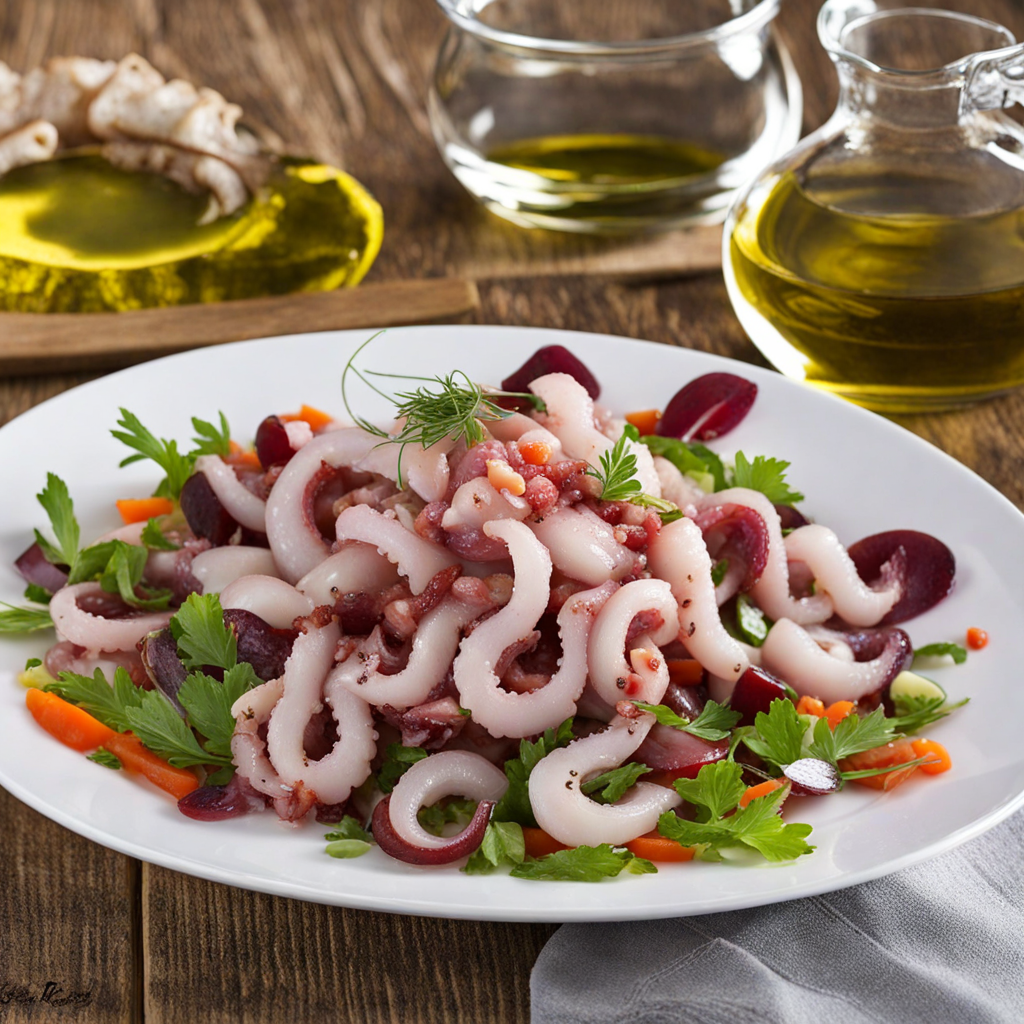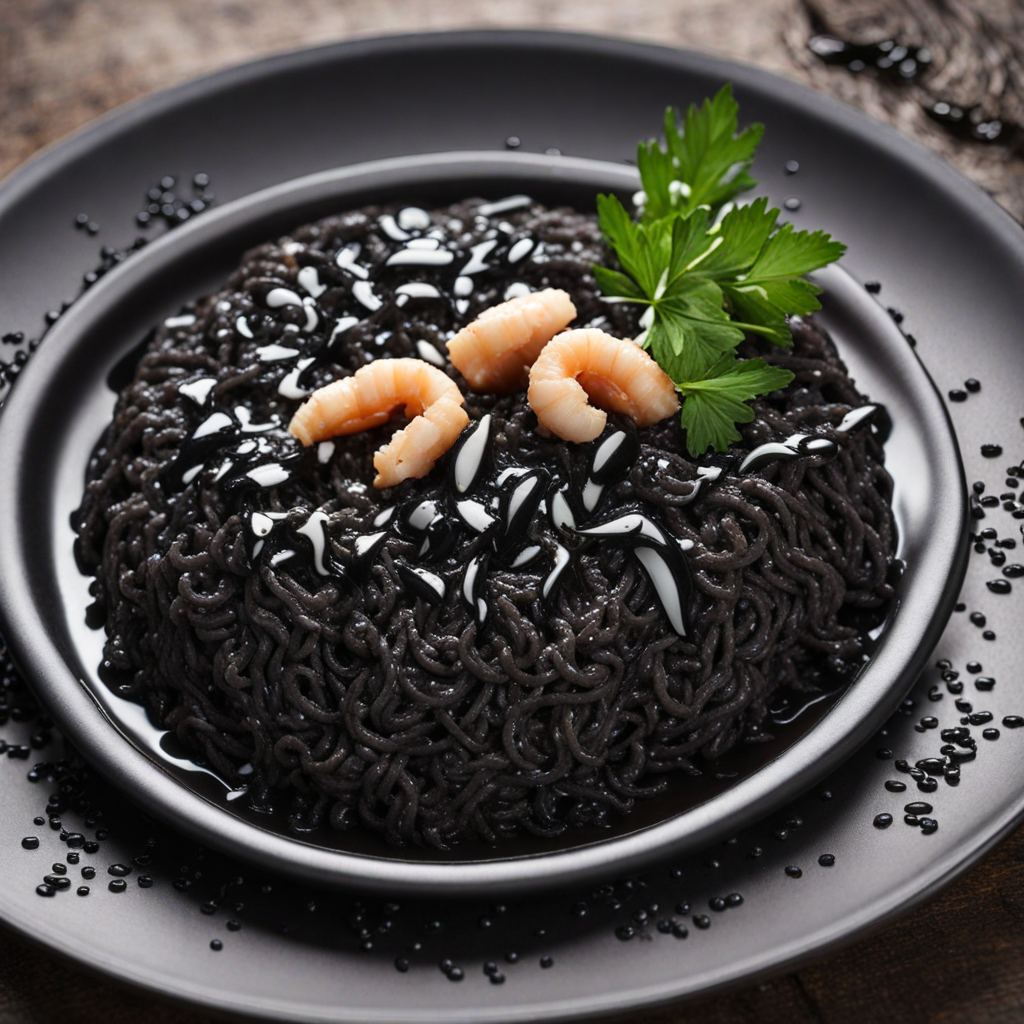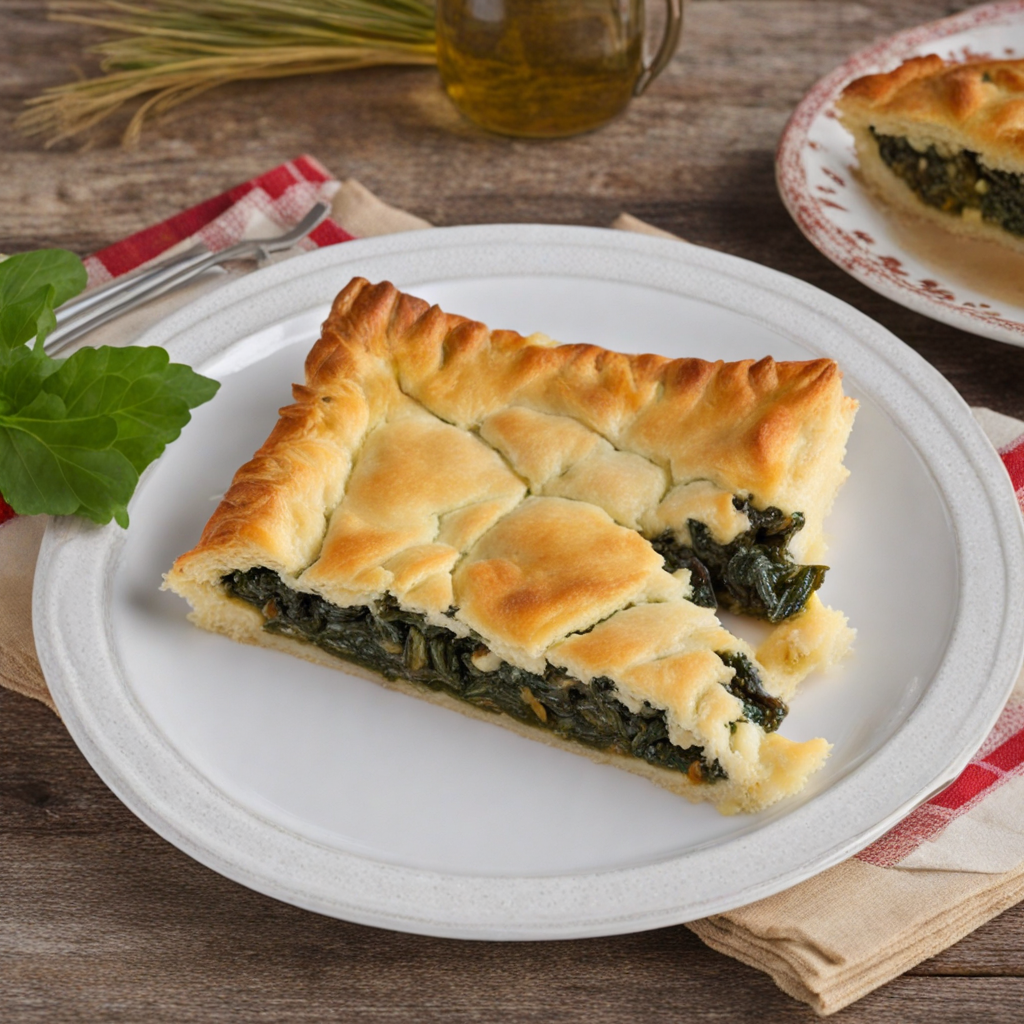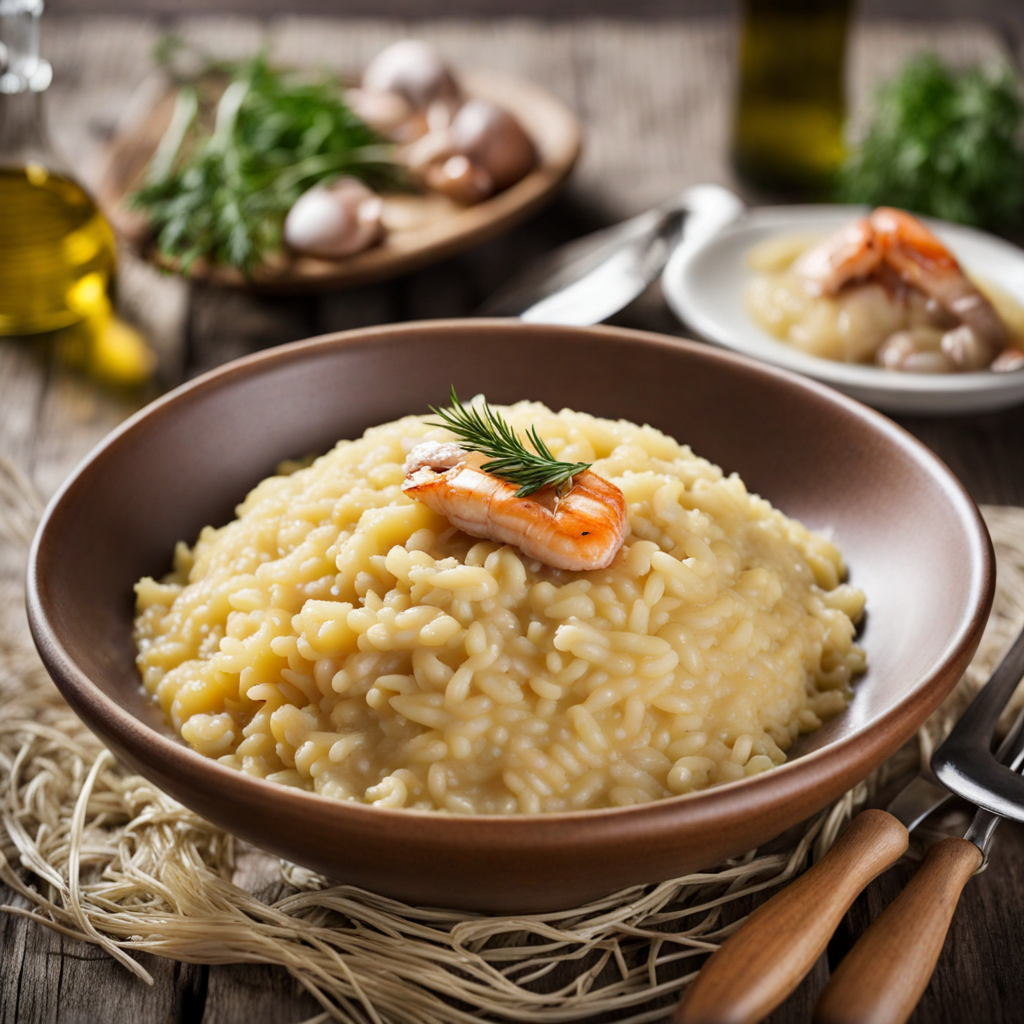Boškarin
Boškarin, a traditional Croatian dish, presents a unique culinary experience rooted in the rich agricultural heritage of the Istrian region. This dish features the meat of the indigenous Boškarin cattle, a breed known for its exceptional flavor and tenderness. The preparation often involves slow-cooking the meat to accentuate its natural juiciness, resulting in a hearty stew that embodies the essence of rustic Istrian cuisine. The use of local ingredients, such as fresh herbs, garlic, and seasonal vegetables, enhances the overall flavor profile, offering a taste that is both robust and comforting. The Boškarin dish is typically seasoned with aromatic spices and accompanied by traditional sides such as polenta or homemade pasta, which serve to soak up the rich, flavorful sauce. The unique, slightly gamey taste of the Boškarin beef distinguishes it from more commonly used meats, making each bite an exploration of Istria's pastoral landscape. The cooking methods may vary, but the emphasis on authenticity and local traditions remains a constant, reflecting the pride of the region's farmers and chefs. In addition to its incredible taste, Boškarin is often enjoyed in a communal setting, celebrating the spirit of togetherness that is central to Croatian culture. Pairing this dish with a glass of local red wine, such as Teran, elevates the experience, complementing the meat's richness with its fruity and slightly tannic profile. For those seeking to broaden their culinary horizons, Boškarin offers a delightful journey into the flavors of Croatia, where each bite tells a story of heritage, land, and passion for quality food.
How It Became This Dish
The History of Boškarin: A Culinary Treasure from Croatia #### Origin and Early History Boškarin, a breed of cattle native to the Istrian Peninsula in Croatia, is more than just a farm animal; it is a symbol of the region's agricultural heritage and culinary identity. Its origins can be traced back to the ancient times when these cattle were likely domesticated by the Romans, who recognized their strength and versatility. The name “Boškarin” itself is derived from the Istrian dialect, with "boškar" referring to a large bull. Historically, the Boškarin breed was crucial for the agrarian lifestyle of Istria, serving as a draft animal in the fields and a source of milk and meat for local communities. The cattle thrived in the rocky, hilly terrain of Istria, where they grazed on wild grasses and herbs, contributing to the unique flavor of their meat. Their ability to adapt to the harsh conditions of the region made them invaluable to the farmers, who relied on them for labor as well as sustenance. #### Cultural Significance In the cultural landscape of Istria, the Boškarin holds a revered place. It is not just an agricultural asset but a part of the region's identity. Traditionally, Istrian families would raise Boškarin cattle, and their presence on a farm was often a point of pride. The breed is celebrated in local folklore, where stories of brave farmers and their loyal Boškarin bulls highlight the bond between man and beast. The Boškarin is also integral to the culinary scene in Istria. The meat of the Boškarin is known for its rich flavor, tenderness, and unique marbling, characteristics that have made it a sought-after ingredient in traditional Istrian cuisine. The preparation of Boškarin meat often involves traditional methods, such as slow-roasting or stewing, which allow the flavors to develop fully. Dishes like "boškarin steak" and "boškarin stew" are celebrated during local festivals and family gatherings, showcasing the region's culinary heritage. In the past, the breeding of Boškarin was not just about meat production; it was also a social activity. Farmers would gather to share knowledge about best practices in breeding and caring for Boškarin, fostering a sense of community. This aspect of their culture has contributed to the preservation of traditional farming techniques, ensuring that the knowledge of raising these cattle is passed down through generations. #### Decline and Revival Despite its cultural significance, the Boškarin breed faced a decline in the mid-20th century as industrial farming practices took hold. The rise of mass-produced beef and changes in agricultural policies led to a decrease in the number of Boškarin cattle, as farmers turned to more commercially viable breeds. This decline threatened not only the breed itself but also the traditional culinary practices associated with it. Recognizing the importance of preserving the Boškarin breed, local agricultural organizations and enthusiasts began efforts to revive interest in this unique cattle. In the late 1990s, initiatives were launched to promote the Boškarin as a heritage breed, highlighting its adaptability, traditional breeding methods, and the quality of its meat. These efforts included establishing breeding programs, promoting sustainable farming practices, and raising awareness about the cultural significance of the Boškarin. One of the key aspects of this revival was the promotion of Boškarin meat as a gourmet product. Chefs and restaurateurs in Istria began to feature Boškarin in their menus, emphasizing its unique flavor and quality. This not only helped to increase demand for the meat but also reinforced the cultural connection between the breed and Istrian cuisine. Food festivals and culinary events centered around Boškarin became popular, celebrating the breed and its contributions to the region's gastronomic heritage. #### Modern Developments Today, the Boškarin is recognized as a protected species and is part of various conservation programs aimed at ensuring its survival. The breed has gained recognition beyond Croatia, with culinary enthusiasts and chefs from around the world taking an interest in its unique qualities. The meat is now marketed as a premium product, often featured in gourmet restaurants and specialty butcher shops. The revival of Boškarin has also led to a renewed appreciation for traditional Istrian cuisine. Many chefs have embraced farm-to-table principles, sourcing Boškarin meat from local farmers who utilize sustainable practices. This not only supports the local economy but also fosters a deeper connection between consumers and the land. The resurgence of interest in traditional ingredients and methods has sparked a culinary renaissance in Istria, where Boškarin plays a central role. Furthermore, the story of the Boškarin serves as a reminder of the importance of preserving culinary traditions in a rapidly changing world. It highlights the interconnectedness of culture, agriculture, and cuisine, illustrating how the preservation of a single breed can have far-reaching impacts on local identity and food practices. #### Conclusion The Boškarin is more than just a breed of cattle; it is a symbol of Istria's rich agricultural history and culinary traditions. From its early domestication to its role in shaping the region's identity, the Boškarin represents the resilience of local communities and their commitment to preserving their heritage. As culinary interest in this unique breed continues to grow, the Boškarin stands as a testament to the enduring connection between food, culture, and the land. In an era where mass-produced goods often overshadow traditional practices, the story of Boškarin serves as an inspiring reminder of the value of preserving our culinary heritage and the importance of sustainable farming. As we savor the rich flavors of Boškarin dishes, we also celebrate the history, culture, and community that have nurtured this remarkable breed for centuries.
You may like
Discover local flavors from Croatia


